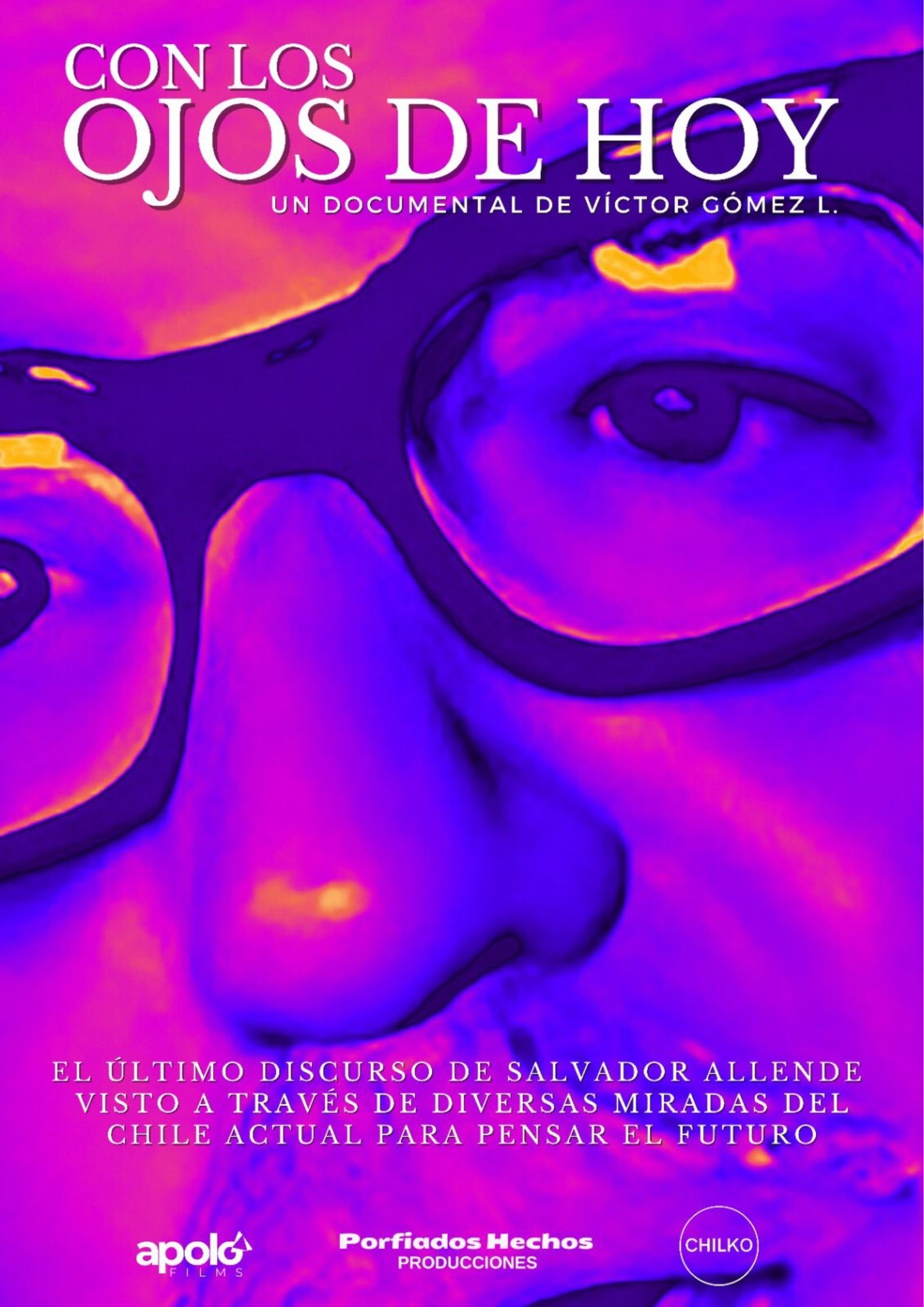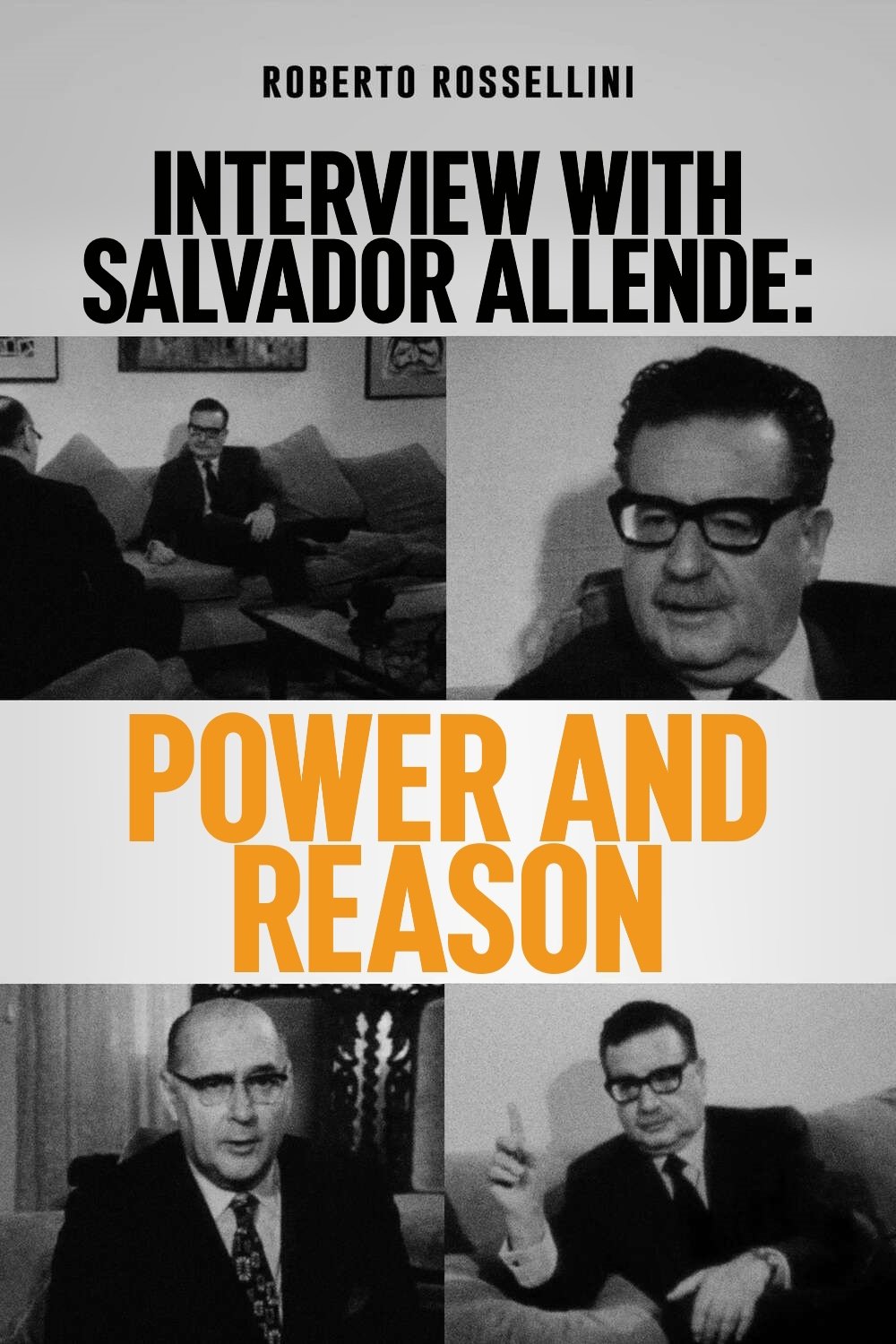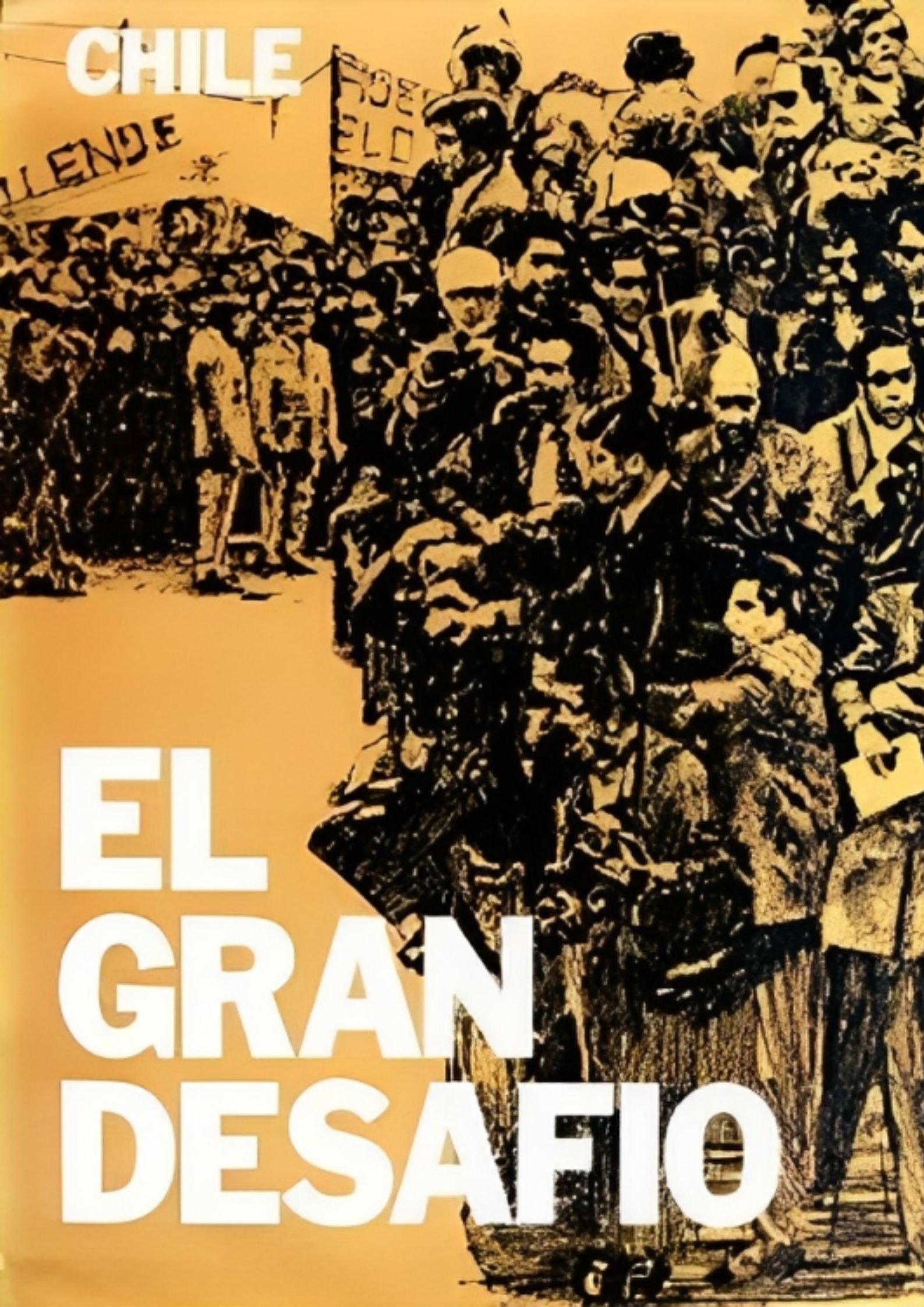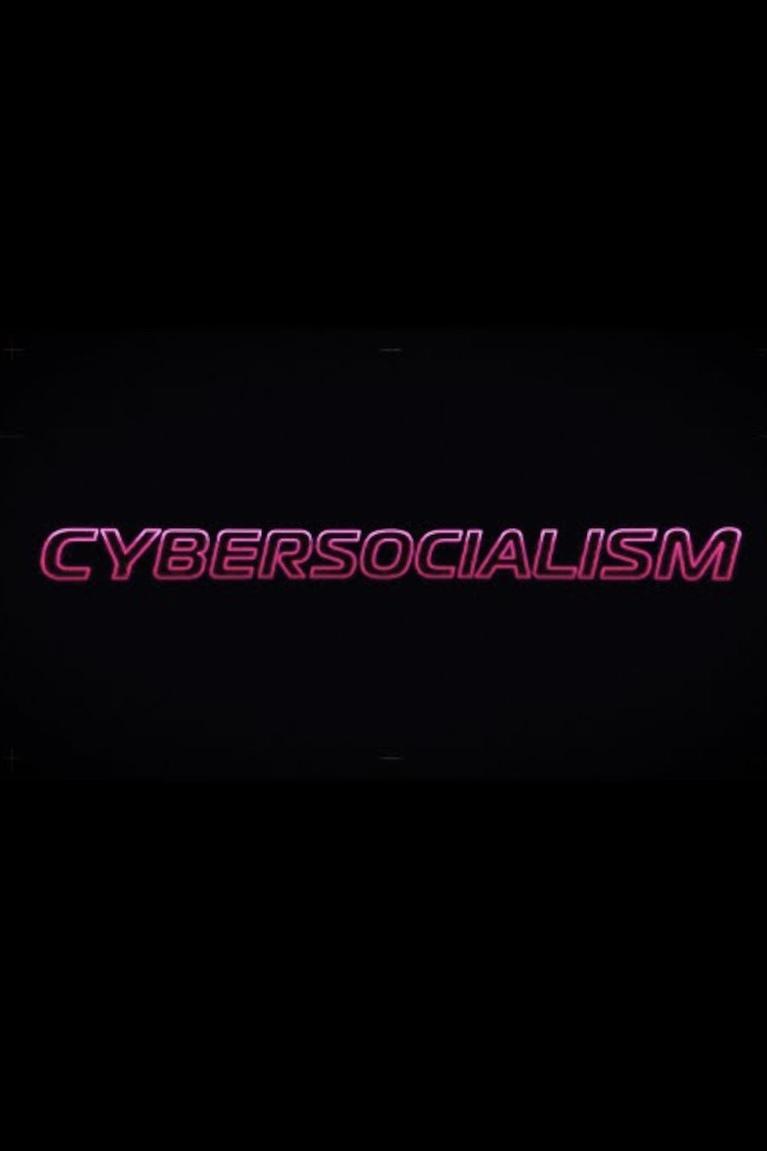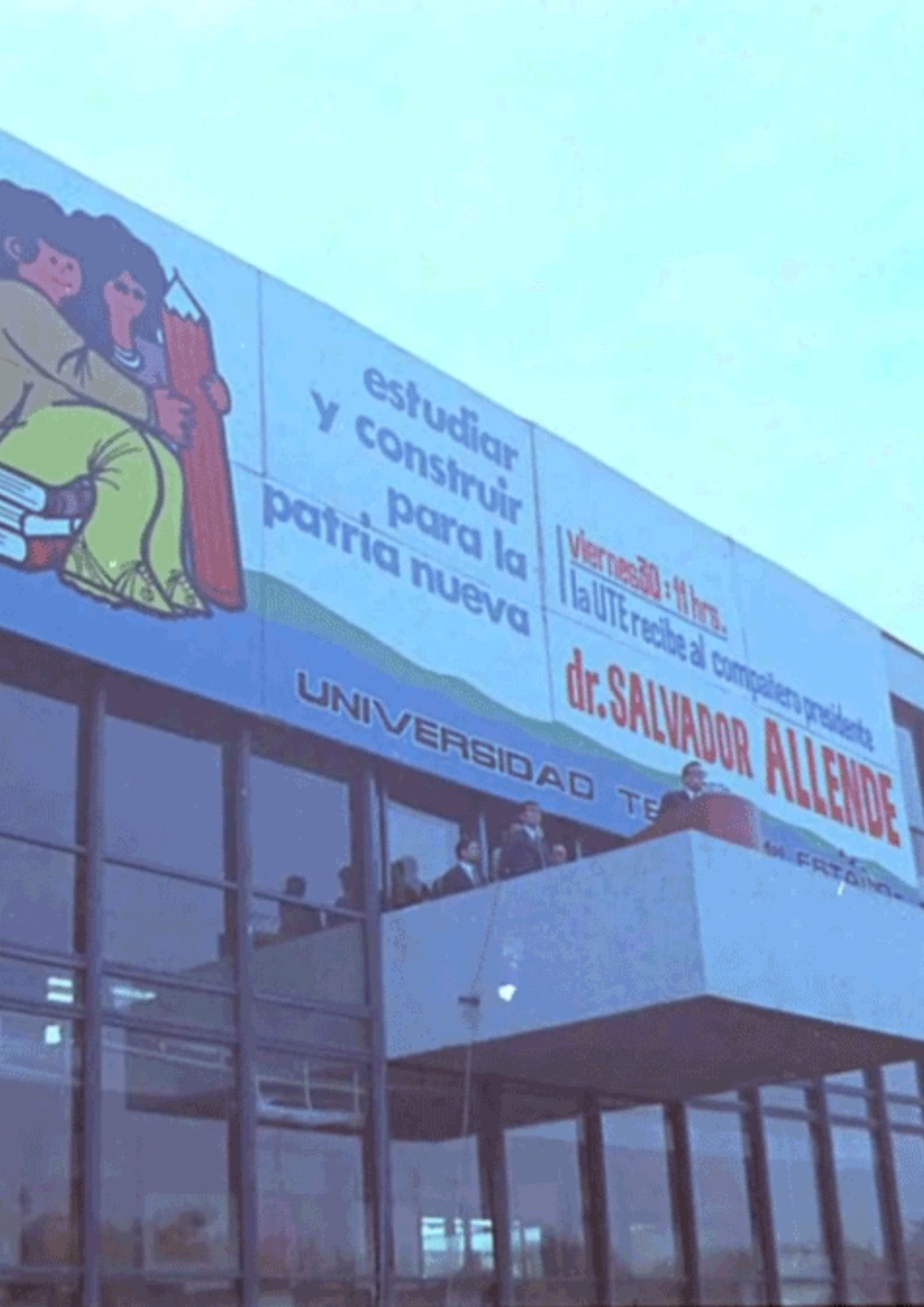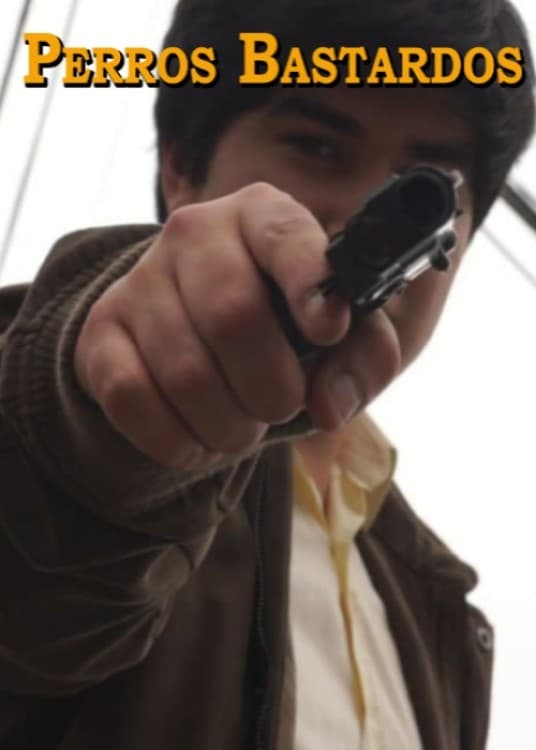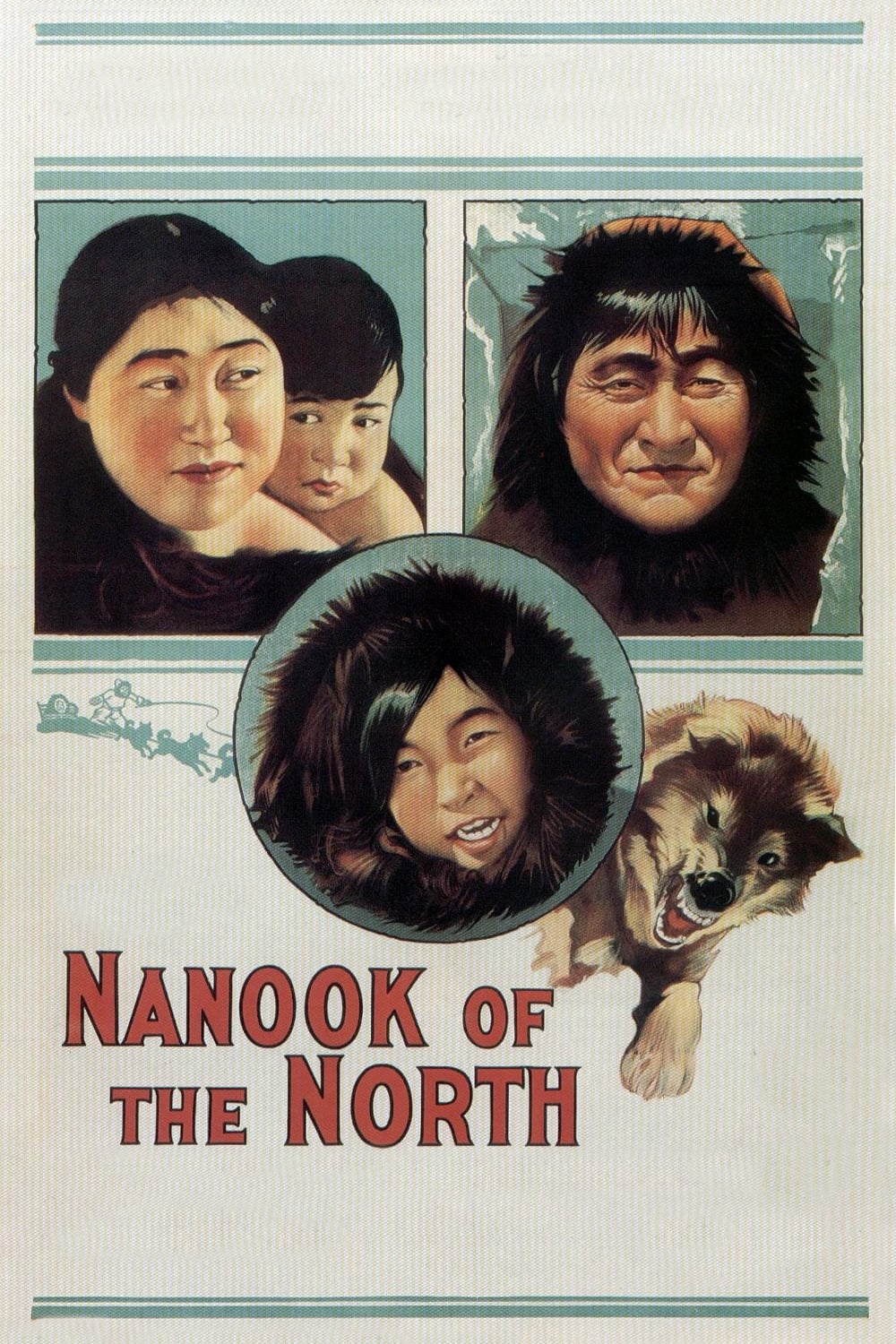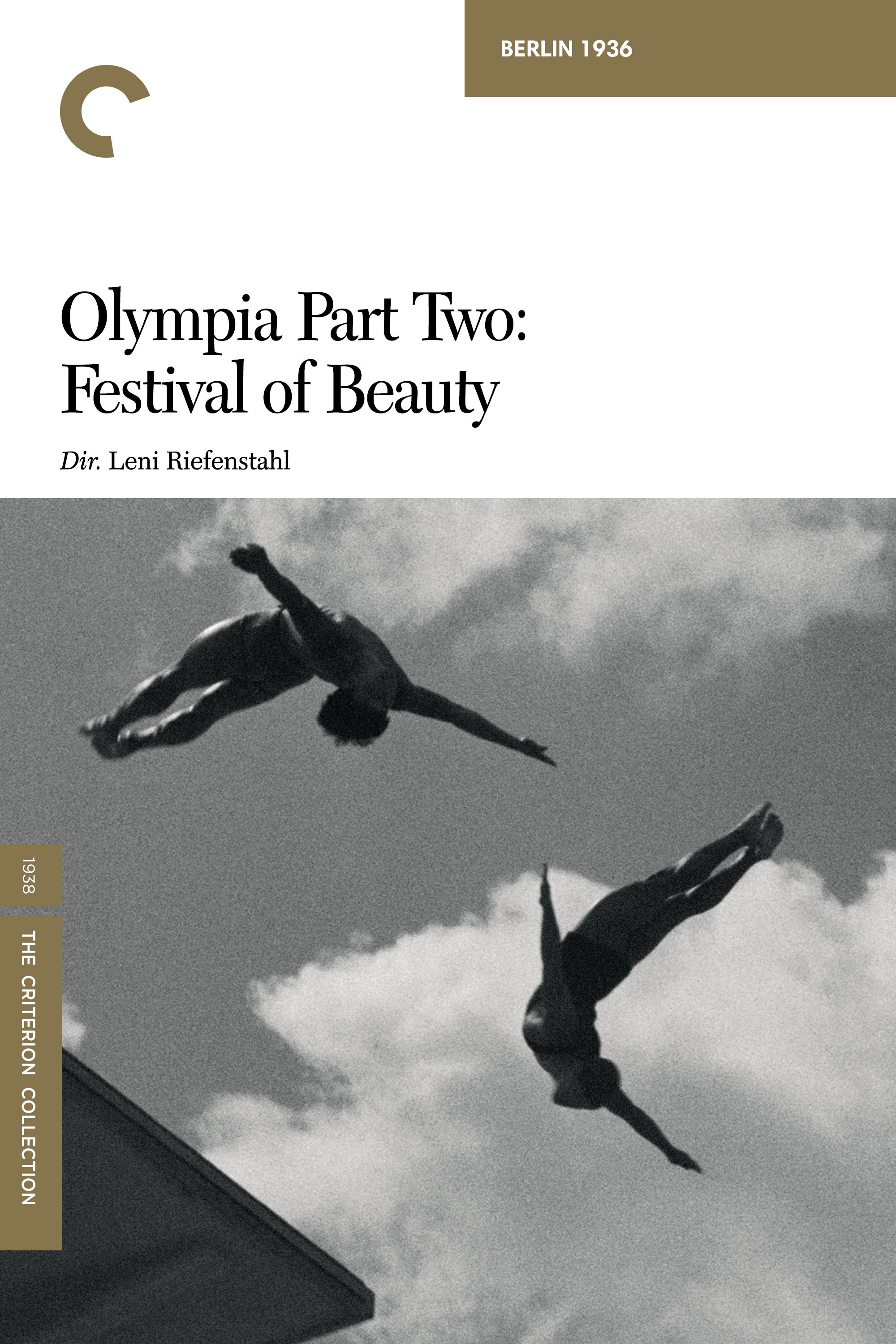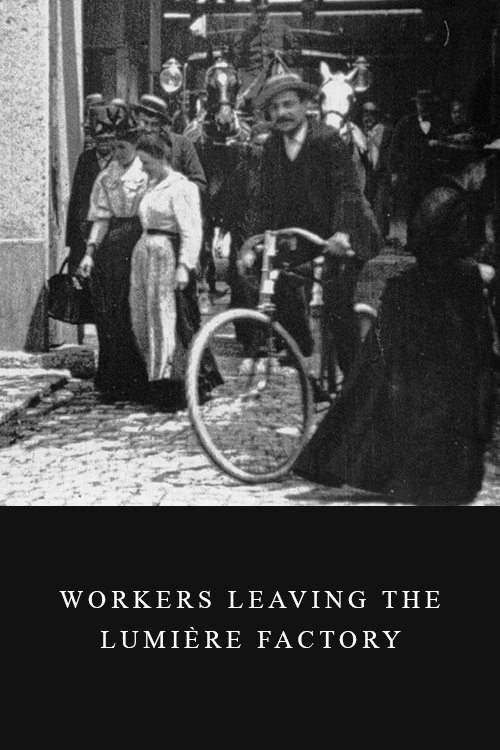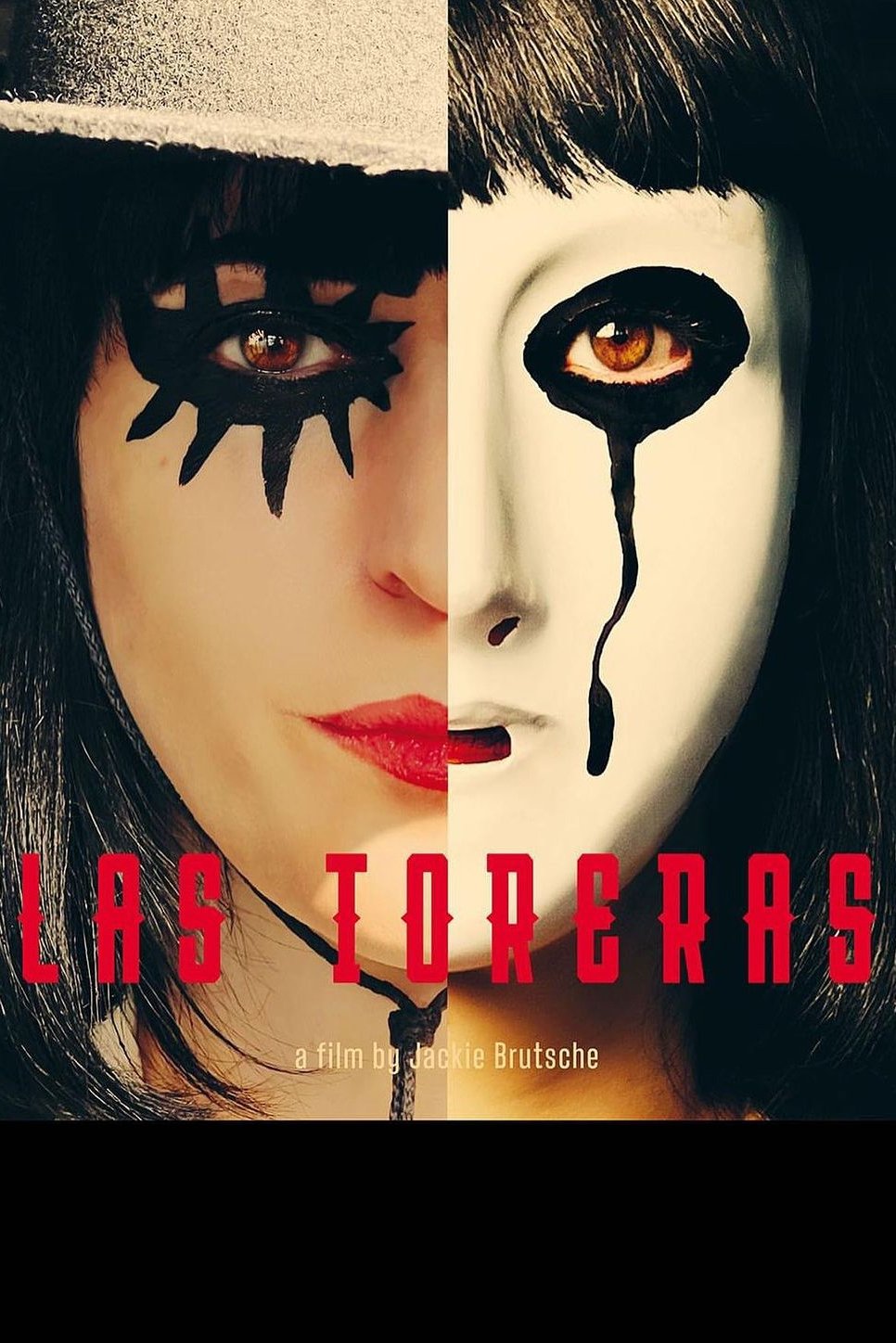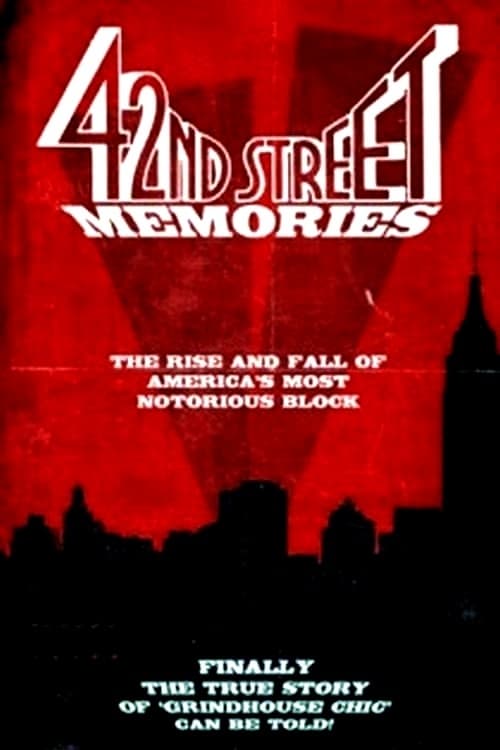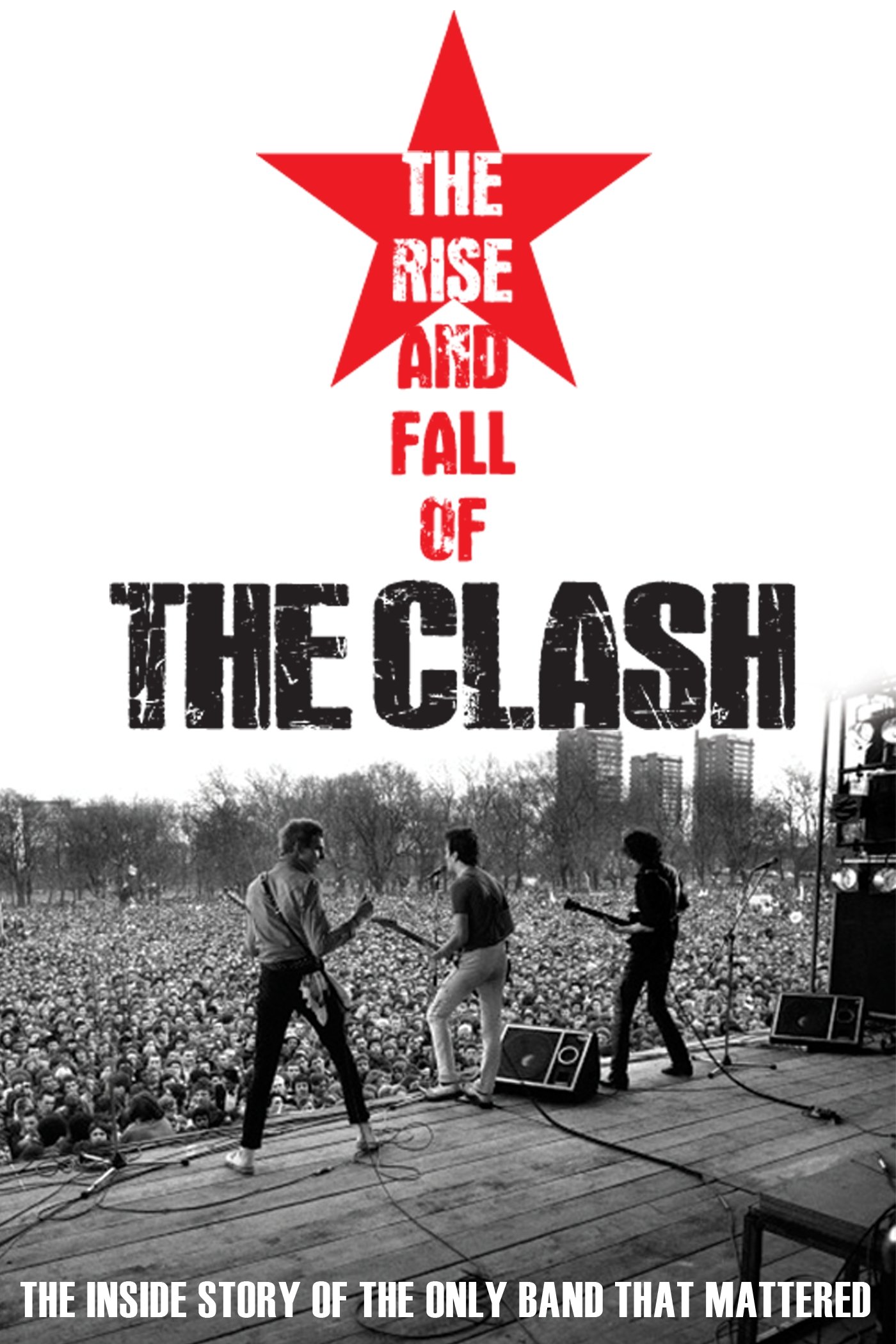Con Los Ojos de Hoy
2023
1h 25m
0.0(0 votes)
Documentary
Overview
Documentary that reviews Salvador Allende's last speech through various voices of today to think about the present and the future.
Links & Resources
Social & External
Production Companies
Cast & Crew
1 member
Acting
Salvador Allende
Unknown Role
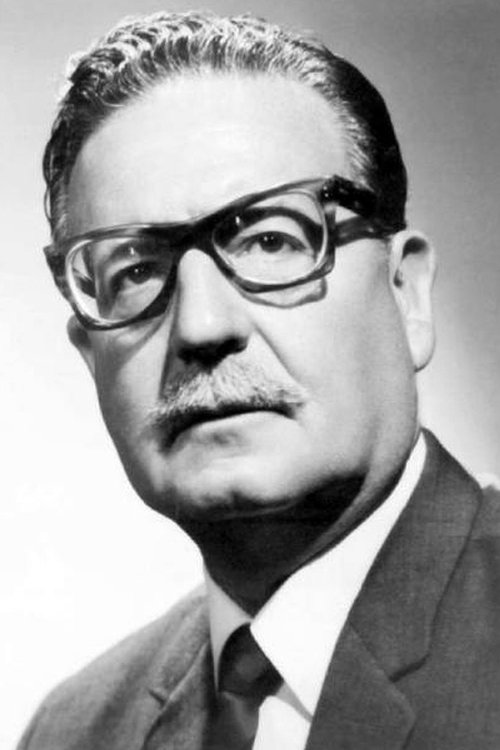
Similar Movies
Recommended Movies
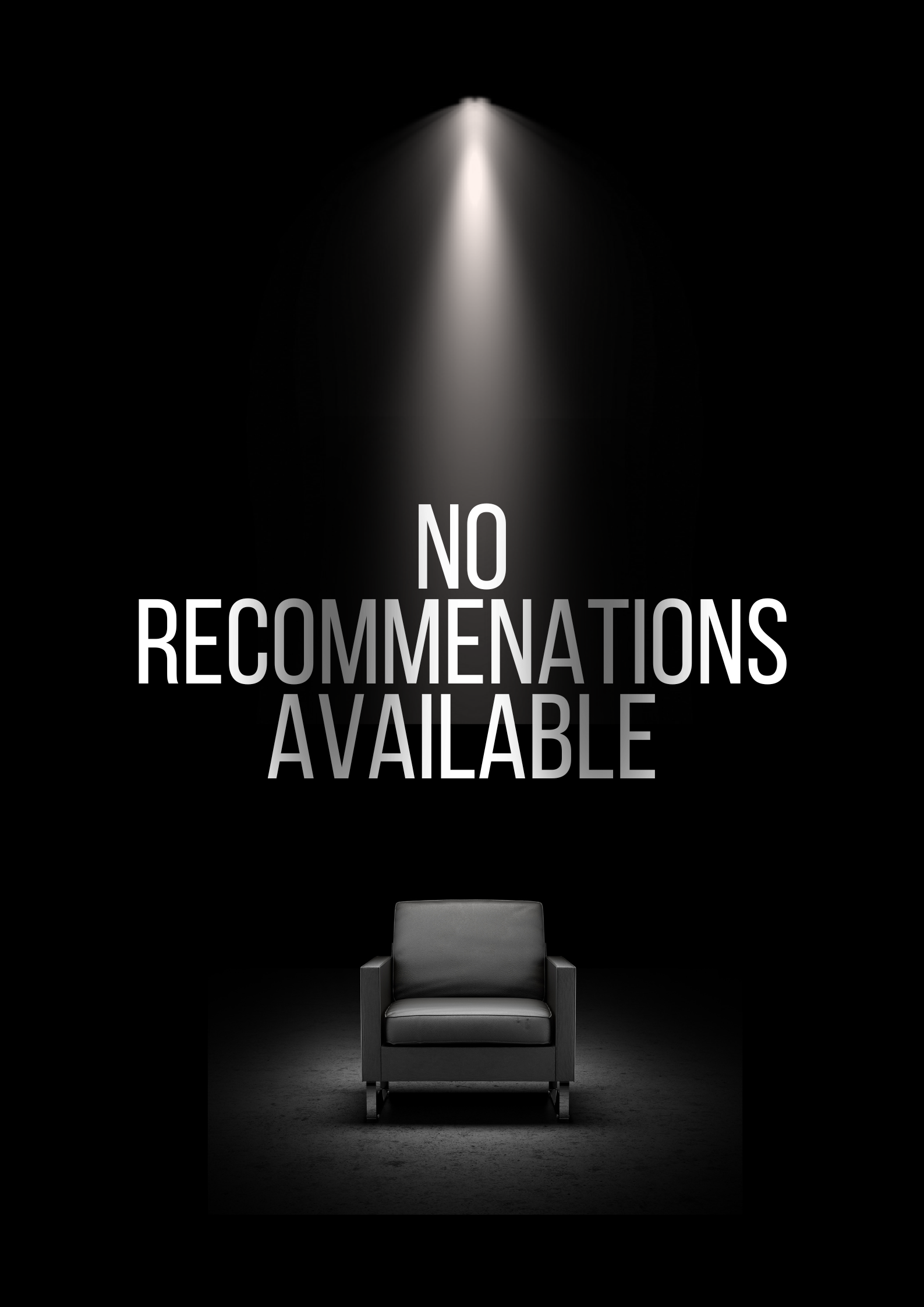
No Recommendations Yet
We're working on finding the perfect movies for you. Check back soon!
More movies coming soon
